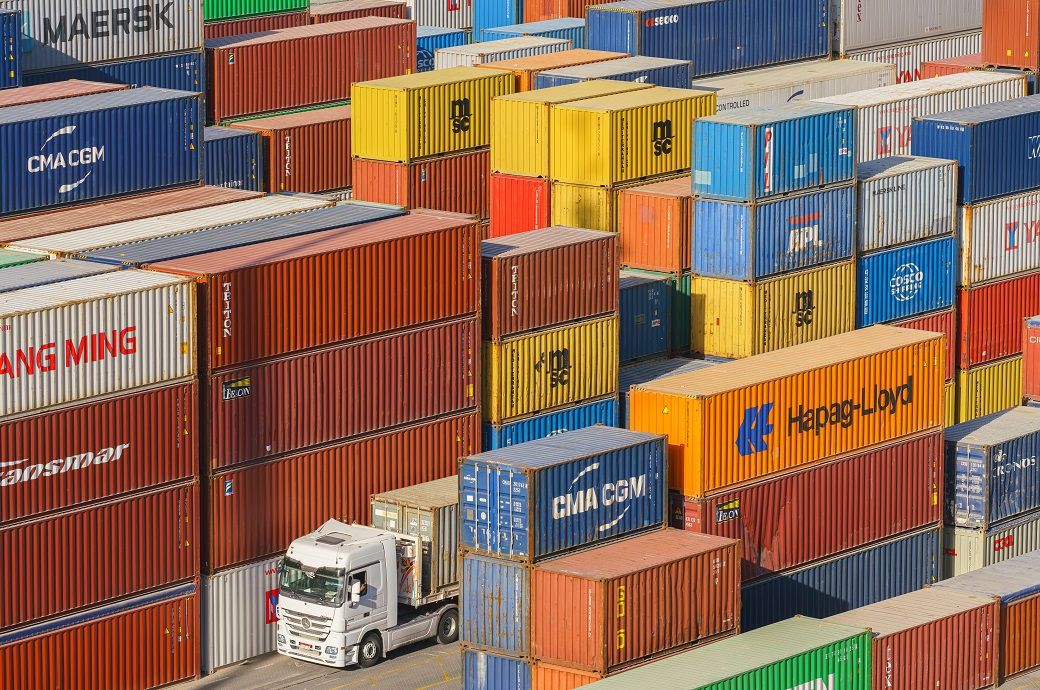
The drop followed a wave of frontloading in April and reflects a broader adjustment to shifting trade policies, including the expiration of the de minimis exemption and ongoing tariff volatility, the company offering cloud-based logistics and supply chain management solutions said in a release.
Although the United States lowered tariffs on goods imported from China to 30 per cent under a 90-day truce effective May 14, most imports that arrived in May were booked under the earlier, higher rates. Port dynamics also shifted in May, with East and Gulf Coast ports gaining share as volumes at West Coast ports declined.
Port delays remained steady across most major gateways, though Los Angeles and Long Beach experienced increases despite lower volumes.
US imports from China in May this year fell to 637,001 TEUs—a 20.8-per cent MoM drop and a 28.5-per cent YoY drop. This was the steepest monthly decline since March 2020 and marks a clear pullback following April’s surge, as importers adjusted to increased costs and regulatory uncertainty.
Despite the decline, China remains the top US maritime trade partner by a significant margin; however, continued policy volatility and diversification efforts are likely to keep pressure on China-origin volumes in the coming months, Descartes observed.
Beyond shifting trade flows, broader supply chain challenges continue to emerge. Instability in key corridors—particularly in the Red Sea—remains a persistent disruptor, while softening economic conditions in major markets are beginning to weigh on global demand.
At the same time, tariff volatility and evolving sourcing and routing dynamics are altering port usage. As these conditions unfold, businesses should consider remaining agile—closely tracking geopolitical developments, adjusting import strategies, and building resilience into global supply chains, Descarttes added.
ALCHEMPro News Desk (DS)
Receive daily prices and market insights straight to your inbox. Subscribe to AlchemPro Weekly!